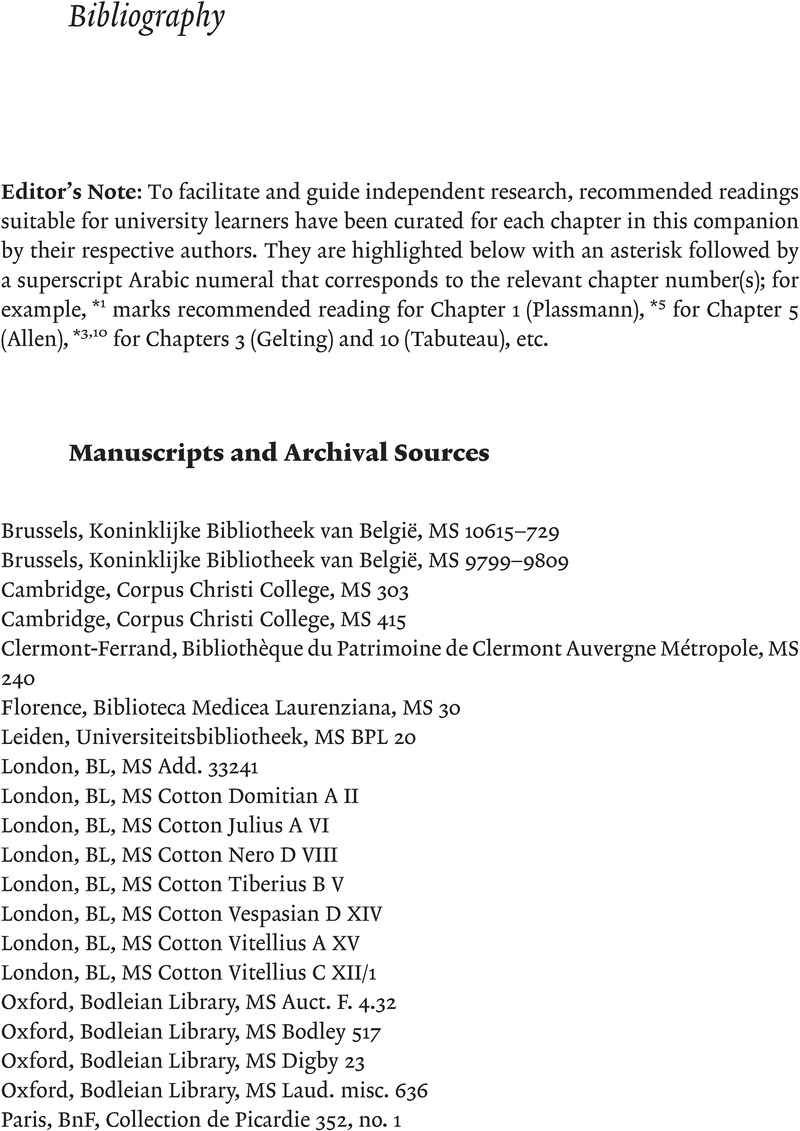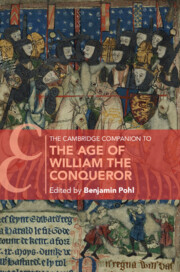Book contents
- The Cambridge Companion to the Age of William the Conqueror
- Cambridge Companions to Culture
- The Cambridge Companion to the Age of William the Conqueror
- Copyright page
- Dedication
- Contents
- Figures
- Contributors
- Acknowledgements
- Abbreviations
- Prologue: Studying the Age of William the Conqueror
- Part I Home and Away
- Part II Space and Society
- Part III Individuals and Institutions
- Part IV Cultural Perspectives
- Epilogue: The Legacy of William the Conqueror and His Age Today
- Bibliography
- Index nominum et locorum
- References
Bibliography
Published online by Cambridge University Press: 15 June 2022
- The Cambridge Companion to the Age of William the Conqueror
- Cambridge Companions to Culture
- The Cambridge Companion to the Age of William the Conqueror
- Copyright page
- Dedication
- Contents
- Figures
- Contributors
- Acknowledgements
- Abbreviations
- Prologue: Studying the Age of William the Conqueror
- Part I Home and Away
- Part II Space and Society
- Part III Individuals and Institutions
- Part IV Cultural Perspectives
- Epilogue: The Legacy of William the Conqueror and His Age Today
- Bibliography
- Index nominum et locorum
- References
Summary

- Type
- Chapter
- Information
- The Cambridge Companion to the Age of William the Conqueror , pp. 321 - 365Publisher: Cambridge University PressPrint publication year: 2022



